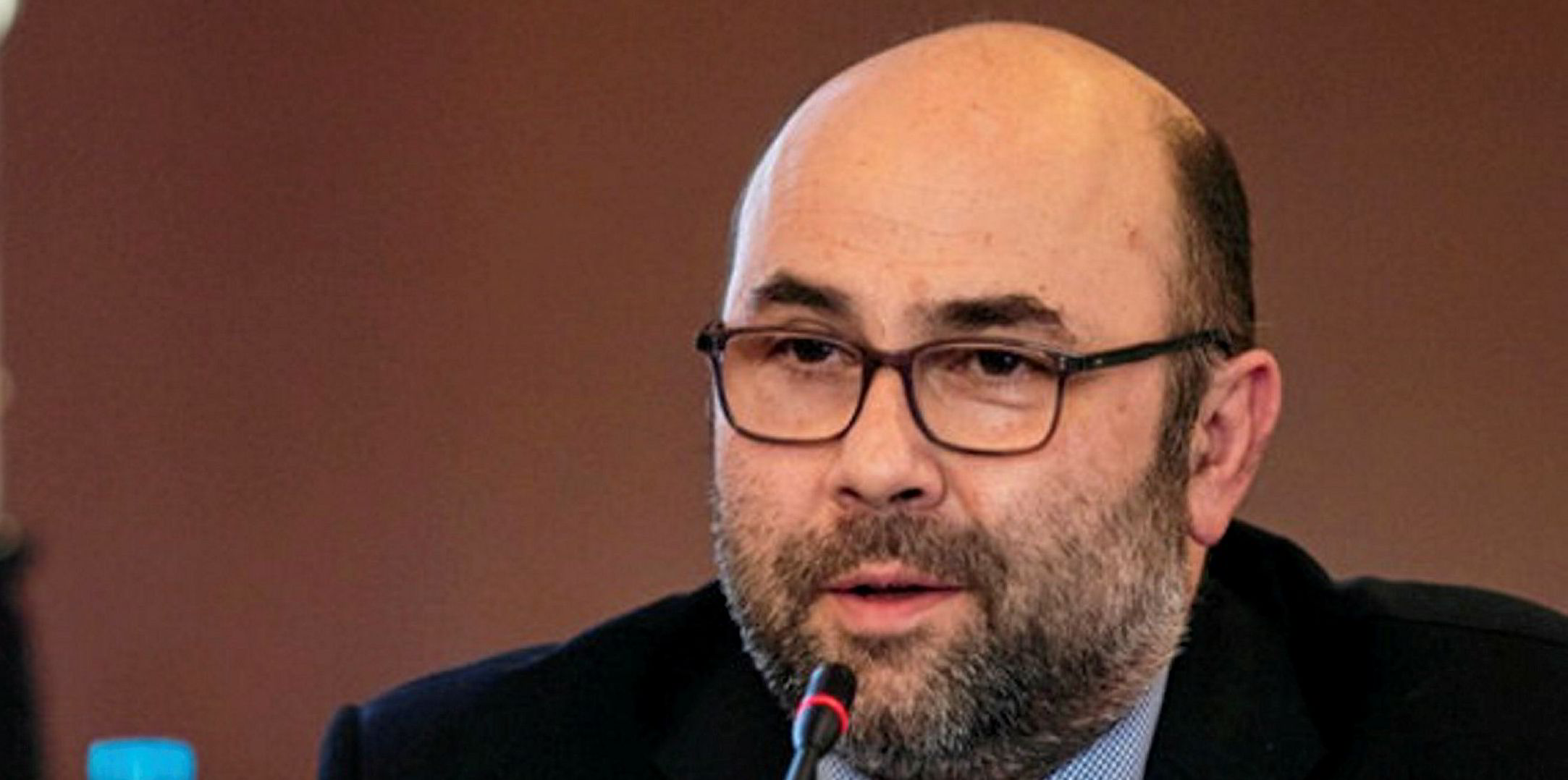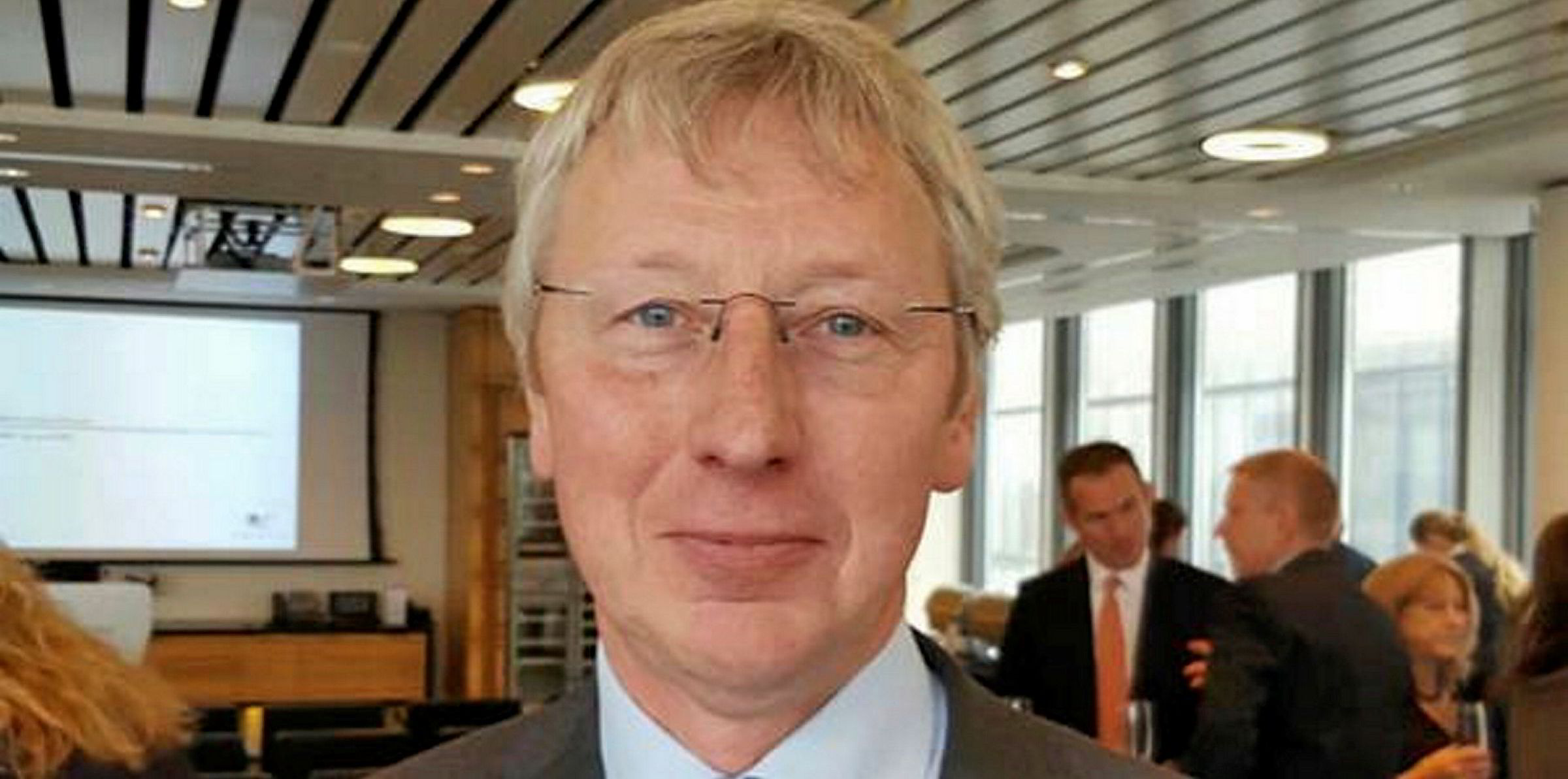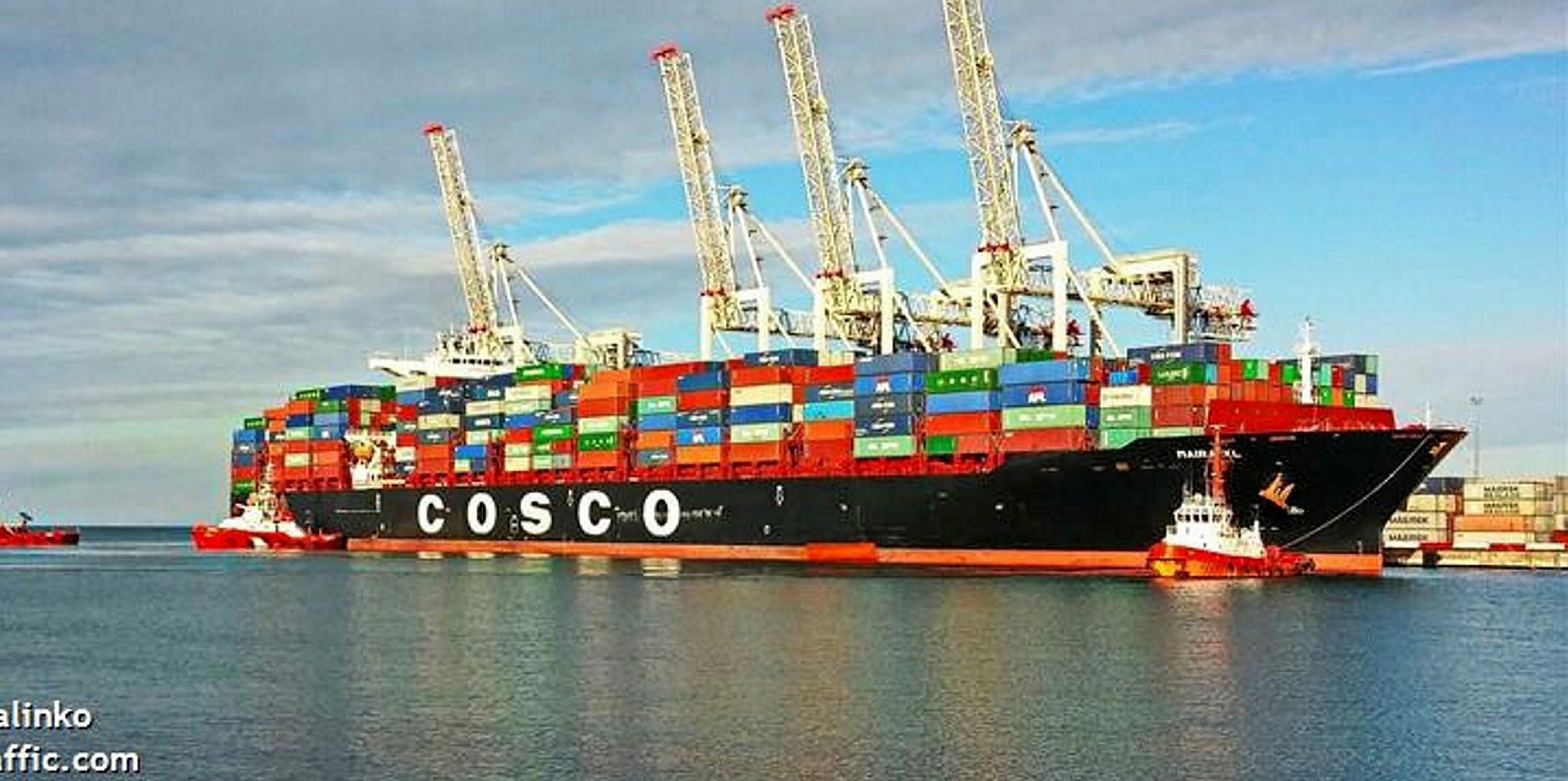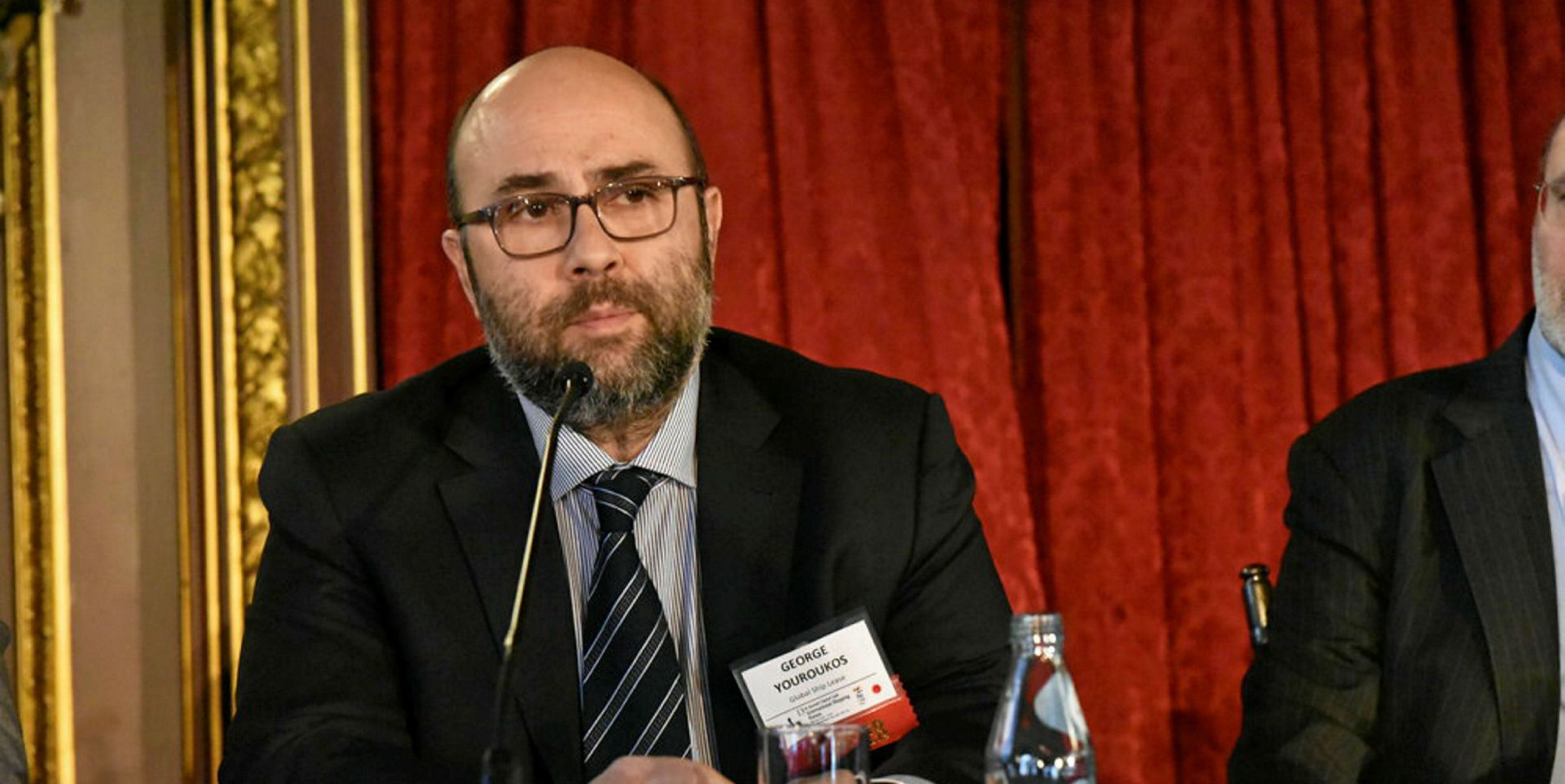Boxship owner Global Ship Lease (GSL) is reaping the benefits of the recovery of the post-panamax market by fixing a clutch of large containerships.
The New York-listed tonnage provider will net $16.4m from the fixture of a pair of modern neo-panamaxes that account for the lion's share of fresh charter earnings.
The 9,115-teu Maria XL (built 2015) has been fixed to an unnamed operator at a charter rate worth a total of $14.3m through to the second quarter of 2022.
It is joined by the 9,115-teu sistership Anthea Y (built 2015), which will earn $2.1m in charter revenue through to the end of the year.
The two vessels form part of a trio of eco-wide-beam neo-panamax boxships ordered in September 2013 at Hanjin Heavy Industries & Construction Philippines.
They have since been on a five-year charter with China's Cosco Shipping Lines, which remains the charterer of the Anthea Y.
A third vessel in the series, the 9,225-teu UASC Al Khor (built 2015), is chartered to German operator Hapag-Lloyd until the second half of 2022 at $34,000 per day.
Cautious optimism
The deals number among a range of post-panamax charters secured by London-headquartered GSL.
Other larger post-panamaxes fixed include a charter extension for the 5,900-teu Dimitris Y (built 2000).
The vessel has been taken by Israeli operator Zim at $14,500 per day through to the first half of 2022.
Two other post-panamaxes, the 6,746-teu GSL Christen and GSL Nicoletta (both built 2002), have been fixed to 2M partners Maersk and Mediterranean Shipping Co (MSC).
These fixtures will reap GSL revenues of $900,000 and $2.2m through to the expiration of charters in the first and third quarters of next year.
Executive chairman George Youroukos said these had helped the company "maximise on-hire time and secure strong, stable cash flows despite a challenging market".
He pointed to a rebound in freight rates and charter rates as well as a falling idle fleet as reasons for "cautious optimism".
GSL has also fixed a handful of smaller boxships until the first quarter of next year at low rates of between $6,000 and $8,000 per day.
That includes five vessels of 2,200 teu to 2,500 teu as well as the 5,100-teu Dolphin II (built 2007).
Negligible level
The charters enable GSL to continue to deleverage its balance sheet in the second quarter, said GSL chief executive Ian Webber.
He said the company had been able to amortise a further $20.5m of debt in the second quarter.
This had reduced GSL's remaining debt maturities between now and 2022 "to a negligible level".
It had put GSL in an excellent position to continue discussions around the opportunistic refinancing of its 2022 notes, he said.
GSL reported net income for the three months to the end of June of $12.6m, up from $8.4m in the same period last year.
The figure included a non-cash impairment charge of $900,000.
Revenues rose 8.3% to $71.4m over the period, due mostly to the addition of seven ships.
Net income for the first six months of the year fell to $13.2m, down from $17.9m last year.
That followed a non-cash impairment charge of $8.5m and a $2.3m premium paid to redeem its 2022 notes.
Operating revenue for the first half of the year rose 11%, or $14.7m, to $142.3m.
Tightening market
Investment bank Clarksons Platou Securities warned recently that GSL is facing "a concentration risk" in its charters, with 36% of the backlog deriving from French giant CMA CGM.
But Youroukos believes that GSL "should benefit from a tightening market in even a conservative recovery scenario".
He added that the eventual post-Covid-19 demand recovery would take place "against a supply scenario marked by a tiny orderbook — particularly in the size segments in which we operate".







